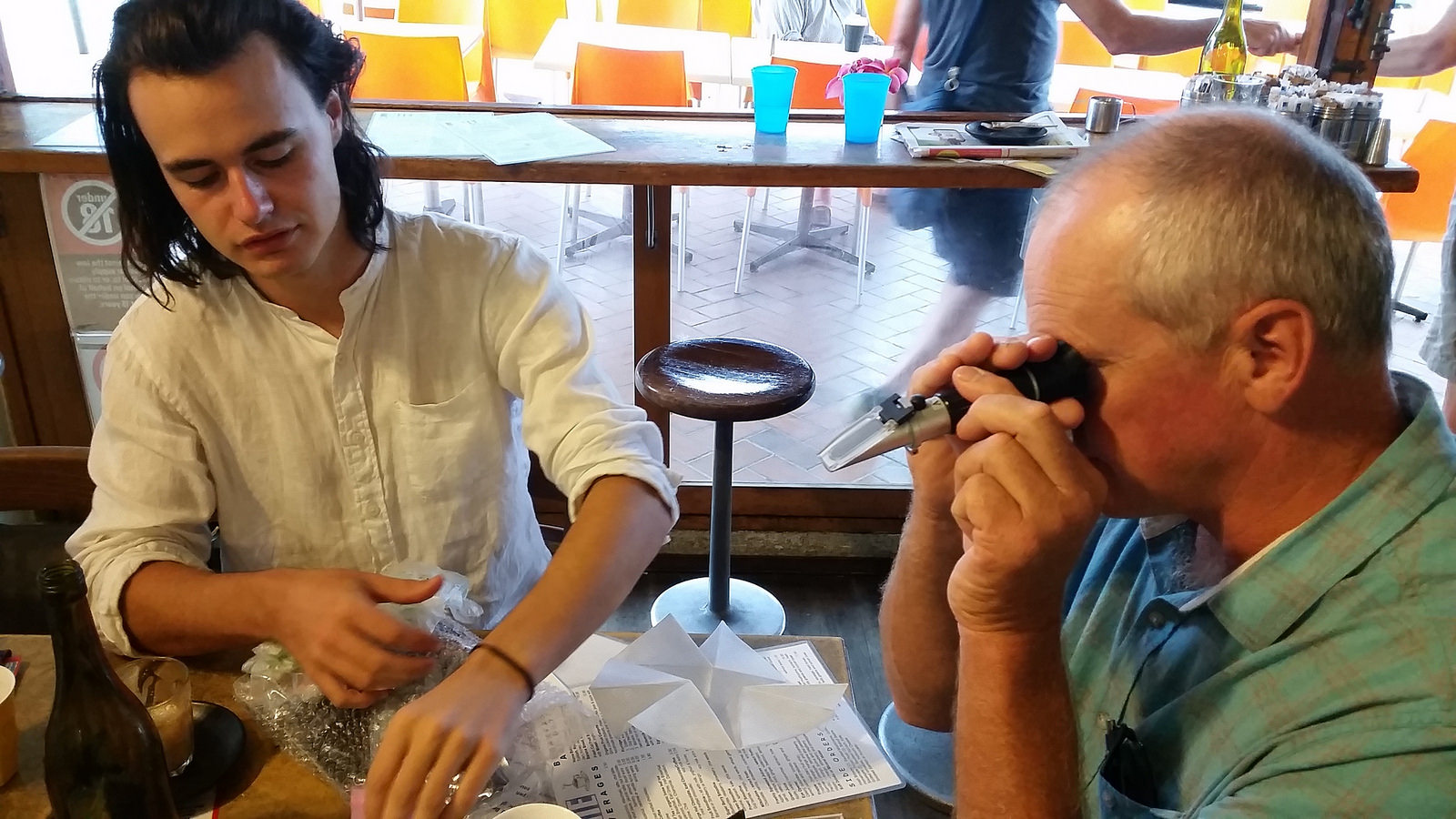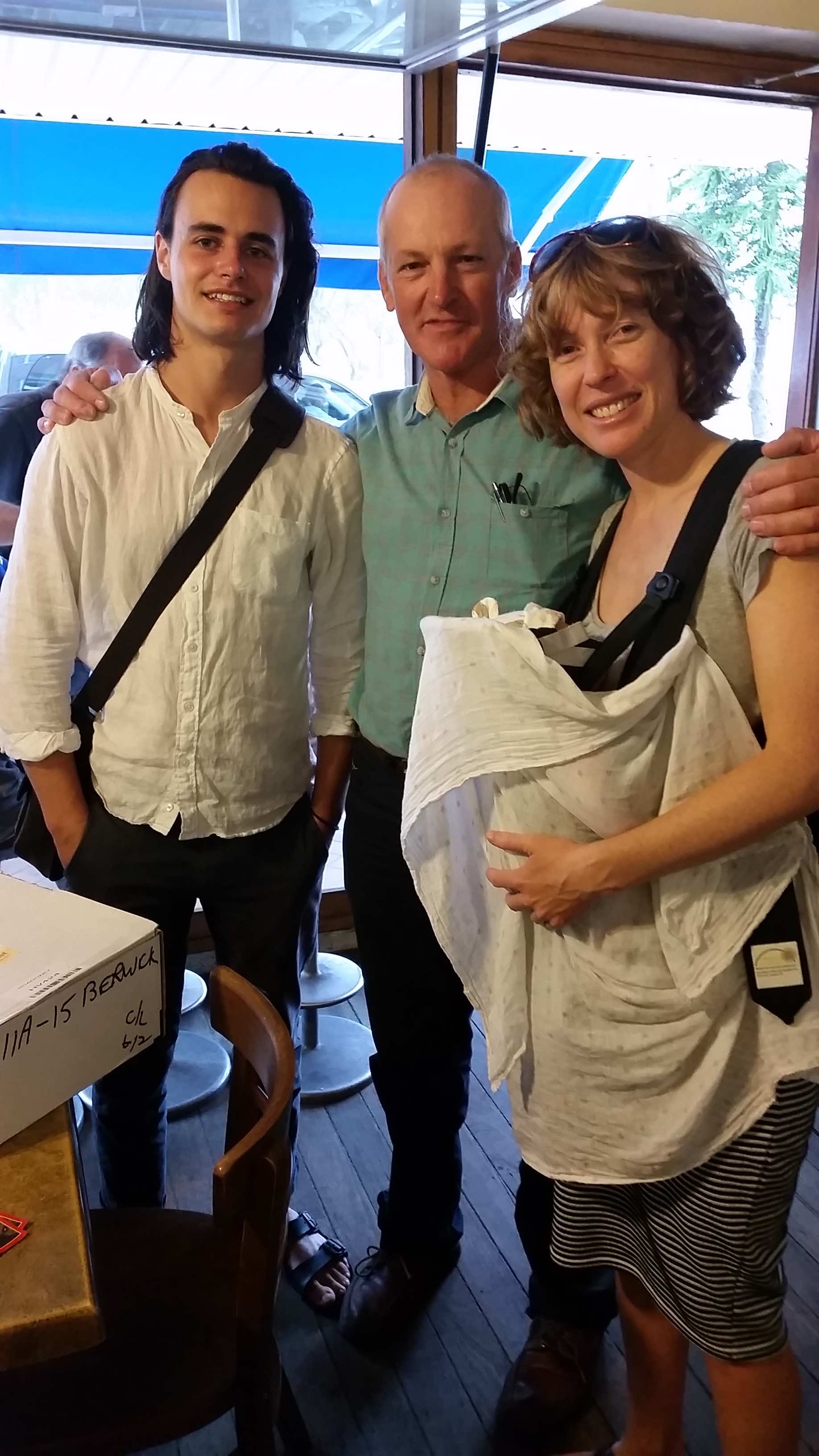By Laura Fisher
The more Glenn and I talked about humus, the more I felt like we needed another artist in the mix to tackle this behemoth topic with us. Enter Jono Bolitho!
Glenn speaks a lot about four interdependent cycles that are going on in humus: the water cycle, the nutrient cycle, the carbon cycle, and the nitrogen cycle. These cycles are engines of change: they transfer things, exchange things, synthesise things. They distribute the resources and energy that make plants grow, cool the ground, and make it rain.
Thinking about these cycles invites a kind of engineering imagination. Might we create a whole range of mechanical scenarios: 3-dimensional windows into the world in the soil that can be pumped, cranked, blown into? Little dioramas that get activated like music boxes or cuckoo clocks?
Then we began thinking spatially and architecturally. What if the interactive elements could be more encompassing? What if we could embed the person within the processes we want to illuminate?
This is when the concept of an immersive model really hit us. It's appealing as an idea because a model can be both illustrative and interactive, and because it feels like an exciting way to work at the intersection of art and science. Glenn also likes the educational dimension, as that’s one of the primary reasons he's working with us.
A Jono sketch
Models are usually about representing something in miniature: the Titanic, the solar system. For us, it’s the opposite. We’ll be scaling up and trying to give physical form to processes that are invisible to the naked eye. This is why thinking about the final outcome as an installation or a pavilion – a human-scaled environment - is so exciting, daunting as it is.
It makes me think of fungi wizard Paul Stamets’ description of a soil organism’s view of its environment: ‘you would be enmeshed in a carnival of activity, with mycelium constantly moving through subterranean landscapes like cellular waves, through dancing bacteria and swimming protozoa with nematodes racing like whales through a microscopic sea of life’.










